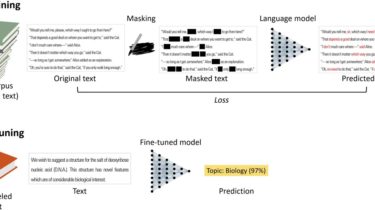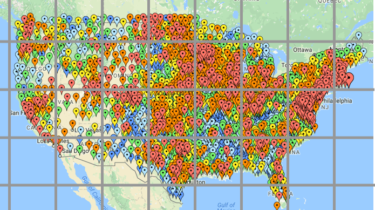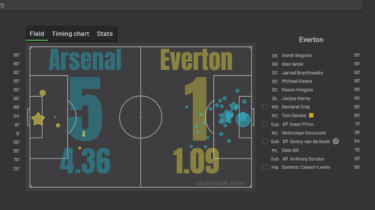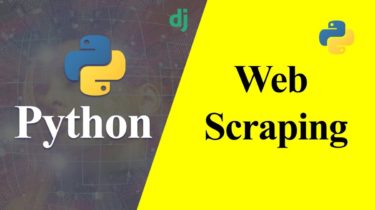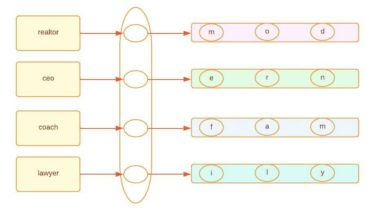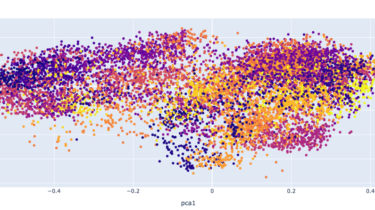How to build a python script for multiple OS and host them?
In this blog, we’ll see how to build a python script for multiple operating systems and get a download URL for all the executables. All of this will be done automatically without any manual effort. The Problem
Read more
